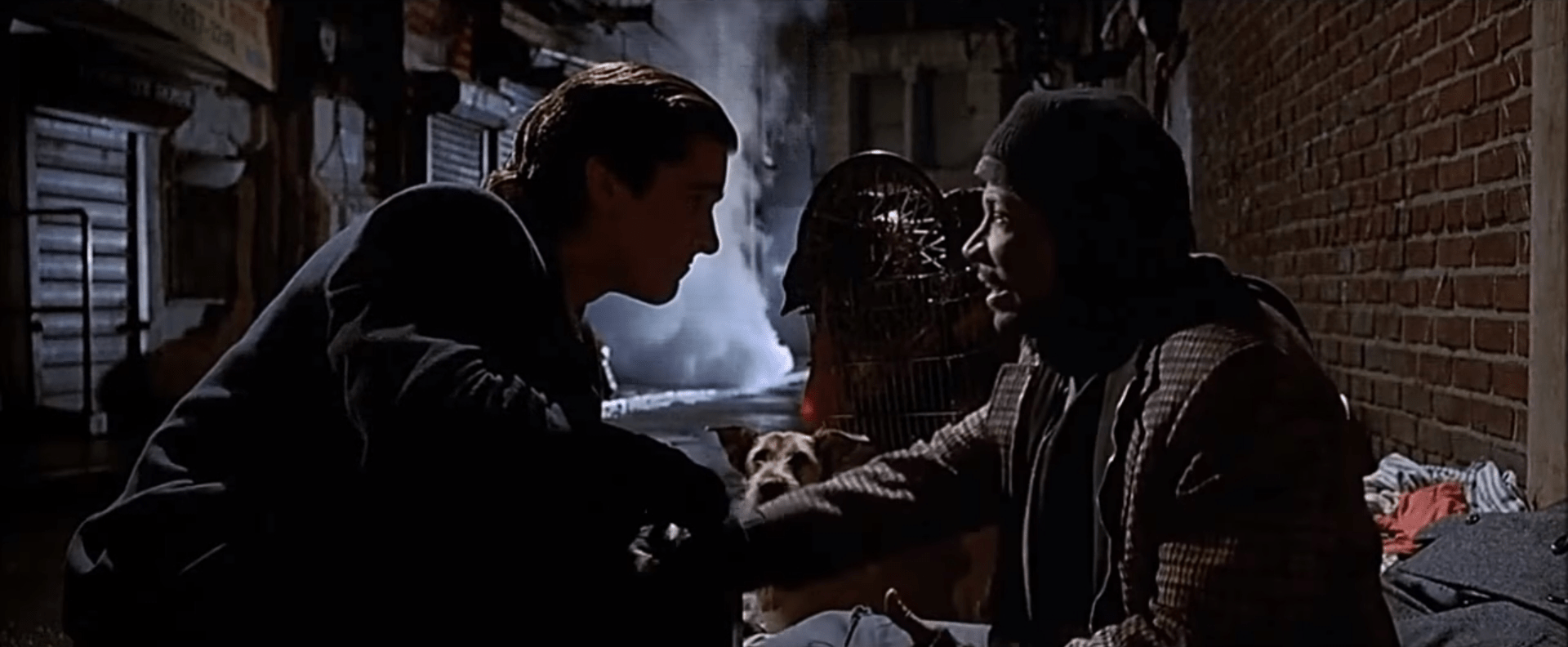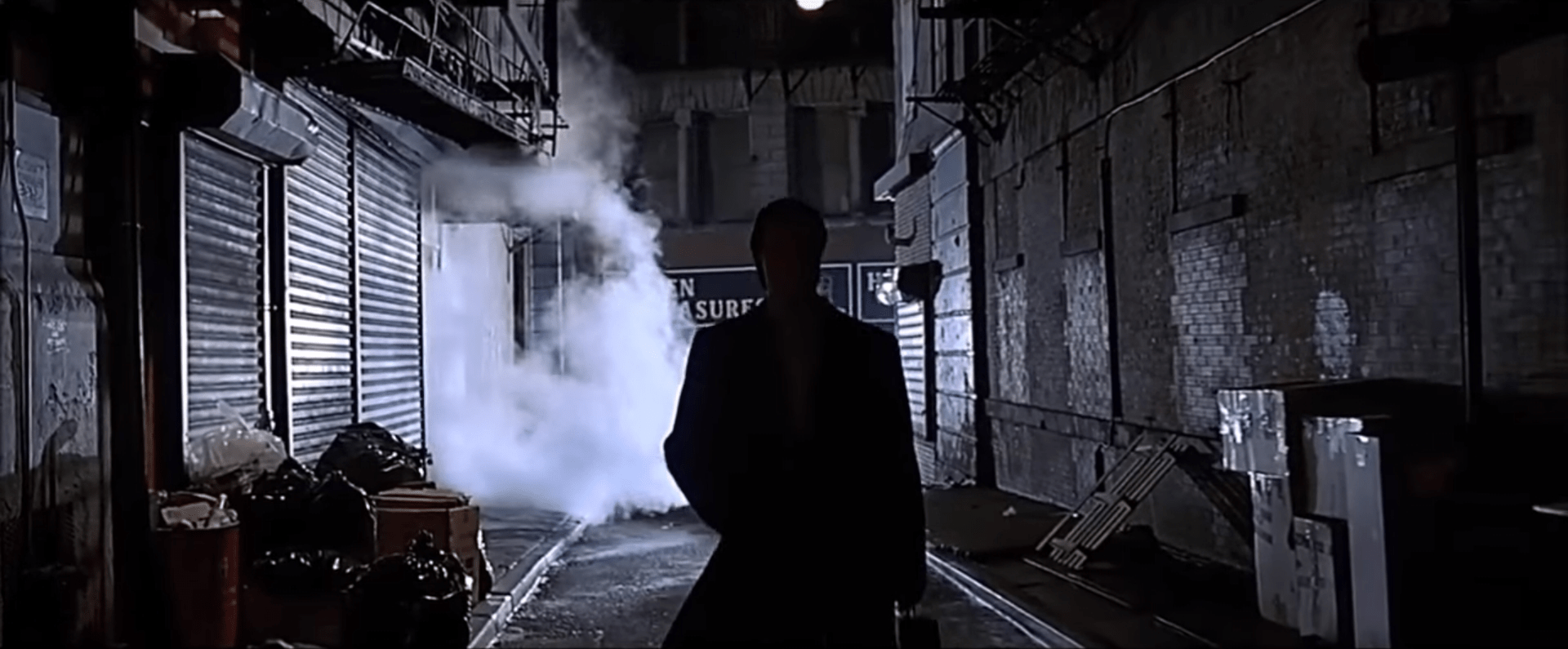A Breakdown of Why the First & Last Images of a Scene Matter
Start and end with the images you want your audience to remember.
I’ve told people (inspired by the advice I’ve read) that they should choose snapshots within their films to represent each scene or sequence. That way, as they design their film in prep, they know what is most important in that scene.
Those snapshots represent the information or emotion you think is most important for you to communicate to the audience. It’s a useful way to focus in on what matters most – to filter out noise.
The existence of snapshots, or key images, is a reason why storyboarding is such a great tool. As you create storyboards, you discover what the most important images/information/emotions are (and therefore what you should absolutely make sure you capture while on set).
What do key images have to do with the first and last image of your scene being important? I’ll get there in a moment, I promise.
First and Last Key Images in a Scene
So each scene has key images. Let’s look at a scene from American Psycho.
In American Psycho, there’s a scene where Patrick Bateman (Christian Bale) murders a homeless man in an alley.
You can watch the whole scene here:
The key images (which I can almost guarantee are in the storyboard), are:
1. Bateman, silhouetted & emotionally distant, walks down an alleyway. It’s unclear why he’s there but it appears he is only passing through.
2. Bateman notices the homeless man as he passes, and intentionally goes back to the man, who also notices Bateman.
3. Bateman lowers himself to the man’s level and tells the man what his problems are, how he should fix them, and makes a show of trying to connect.
4. The man thanks Bateman for his kindness, grabbing him by the arm. Bateman shows immediate discomfort & disgust.
5. Bateman declares that he has nothing in common with the man. He stands, looking around to ensure no one is watching them.
6. Bateman silently opens his briefcase. The man thanks him. Bateman’s veneer of civility drops as he insults the man and stabs him to death.
7. Bateman grabs his suitcase and casually walks away from the scene of his crime, again a distant, cold shadow.
Of course, films are open to interpretation. Viewers interpret scenes differently based on the subtle creative choices of the director.
As far as what the audience will feel or remember about this scene, obviously the actual content of the whole scene is going to be a determining factor. If in this scene. Bateman just gave the homeless man a few bucks, told him to get his act together and left, that’s going to leave a different impression than him murdering the guy in cold blood.
However, have you ever thought about you start and end your scenes? What first and final impression are you giving your audience about what is important in the scene?
What do you want your audience to remember or feel about this scene?
Here’s what you should consider…
Don’t begin or end your scenes carelessly.
You shouldn’t begin or end your scenes carelessly. The first and final images are impactful.
I’m sure you’ve heard of the idea that people best remember the first and last things that they read. That’s called the serial position effect. I believe this affects what we watch.
When I was in the editing process for my first feature film, one of our Executive Producers gave us some very valuable feedback that amounted to what I’m saying.
He watched one particular scene and paused the film. He asked us, “is that what you want to close out on?” We asked him what he meant. He asked, “is that really what you want people to take away from this scene? What do you want them to remember and dwell on as they move from this scene to the next?”
We hadn’t considered that the bookends (beginning and end) of our scenes would have an outsized effect on the audience as they moved into the next scene. We had ended the scene on something that – frankly – didn’t really matter. It wasn’t what we wanted to communicate to the audience.
We changed the last shot to a closeup of the main character who was dealing with some inner turmoil as that was a better indication of what the scene was all about.
In the above scene from American Psycho, the director starts the scene with a shot that is dark, cold, with Patrick Bateman being nothing but a hollow silhouette. He’s faceless. Just passing through.
He murders a homeless man after he becomes disgusted with him.
Bateman leaves in an even wider, more detached shot. It’s still cold, dark, and Bateman is a more distant silhouette than before. He’s unchanged. Unfeeling.
If the scene would have ended with a closeup of Bateman gazing out at the road, his face completely expressionless, what would that have done to the audience’s last impression of the scene?
Perhaps it would have accomplished the same thing. The audience sees that he is cold and merciless. Maybe. Perhaps viewers would read into his blank expression, laying over it their impression of what they think he is feeling, as viewers often do.
Maybe it would look like Bateman doesn’t care, but the shot is too intimate, and therefore, too personal. It causes the audience to feel closer to Bateman – being a more empathic camera perspective – as opposed to causing the audience to feel disconnected from Bateman, which would suit his serial killer persona better.
Who knows – those images are open to interpretation. The creative choices above are up to the director and his/her creative intent.
But that’s what is important – that you ensure your bookend images are intentional creative choices, not careless coincidences.
So, that’s about it. Think about that.
Next time you’re making/editing a film, think about the bookends of your scenes. Do they represent the impression you want to leave the audience? Or are you selecting those key images carelessly?
I hope that gets you thinking. Until next time – get out there, be productive, and make great films.










